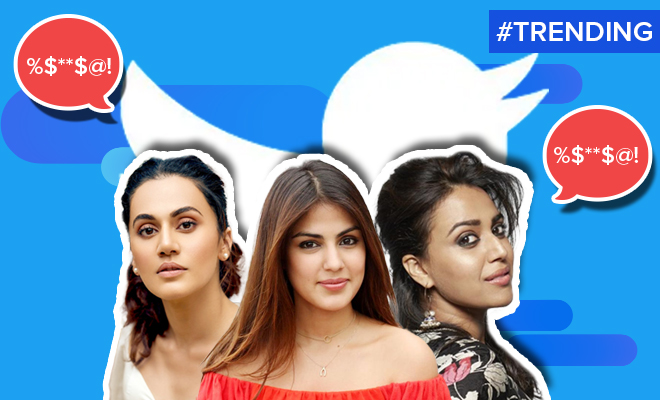A Group Of Researchers Develop An Algorithm To Detect Misogynistic Content On Twitter. Does This Mean There Is Hope For Women On Social Media?

Out of the few things that are absolutely impossible to avoid in life, like your boss’s face in the mornings (which thanks to zoom meetings, you’re still forced to see), to your parents’ taunts when you sneak in your house at 2 in the night, to even unsolicted “shaadi kab kar rahe ho” questions thrown at you during every family function, the most annoying and sticking is the content you come across on social media that drips of the societal patriarchy and misogyny. And no, I am not just talking about movies like Kabir Singh, but also tweets, comments, DMs and tik tok videos that are posted with the single minded focus to bring women down. At this point, it seem like a whole movement.
Social media, as of present has become a minefield of deeply disturbing and sexist content that keeps turns up at the top of our feeds, making everything and everywhere unsafe for us women. People have conveniently mistaken the liberty of expressing their views and opinions as an opportunity to pass chauvinistic, threatening and crass comments on women and sometimes even using abusive keywords to make their points – which is often limited to showing their own mentality.
So what this piece of news comes as welcome relief. A team of researchers have recently come up with an algorithm that detects harmful and abusive posts against women on Twitter by going through the millions of tweets to identify misogynistic content and flagging it.
Researchers from the Queensland University of Technology have developed an algorithm that detects misogynistic content on Twitter. The AI will analyse the context of a tweet to distinguish between abuse and sarcasm. pic.twitter.com/exYzwqJaTW
— Tech Arabia (@TheTechArabiaa) August 30, 2020
Also Read : Study Shows That Women Are Judged On More Dimensions In A Job Interview As Compared To Men. Even The Selection Criteria Is Biased Against Women
These group of researchers from Queensland University of Technology have devised a statistical model to scrutinise the swarming number of tweets on Twitter with over 75% of accuracy. The team went through almost a million tweets on the micro blogging site looking for those containing one of three abusive keywords – whore, slut, and rape.
Associate professor Richi Nayak said, “At the moment, the onus is on the user to report abuse they receive. We hope our machine-learning solution can be adopted by social media platforms to automatically identify and report this content to protect women and other user groups online.” However, the biggest challenge that remains is that of detecting the context of such words being used in a tweet.
"Researchers from the Queensland University of Technology @QUT have developed an algorithm that detects misogynistic content on @Twitter." https://t.co/bXo3Tq5GGw
— Brenden Wood (@BrendenWood) August 30, 2020
“So, we developed a text mining system where the algorithm learns the language as it goes, first by developing a base-level understanding then augmenting that knowledge with both tweet-specific and abusive language,” shared Nayak. She also mentioned how they used a, “a deep learning algorithm called ‘Long Short-Term Memory with Transfer Learning’, which means that the machine could look back at its previous understanding of terminology and change the model as it goes, learning and developing its contextual and semantic understanding over time.”
Nayak shared how she hopes that the technology could also be used in the future for varied purposes. She said, “This modelling could also be expanded upon and used in other contexts in the future, such as identifying racism, homophobia, or abuse toward people with disabilities,” giving social media the capability to flag and cleanse a platform it so desperately needs.

















